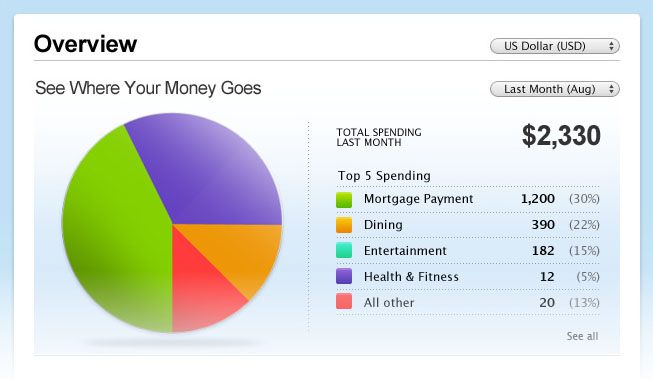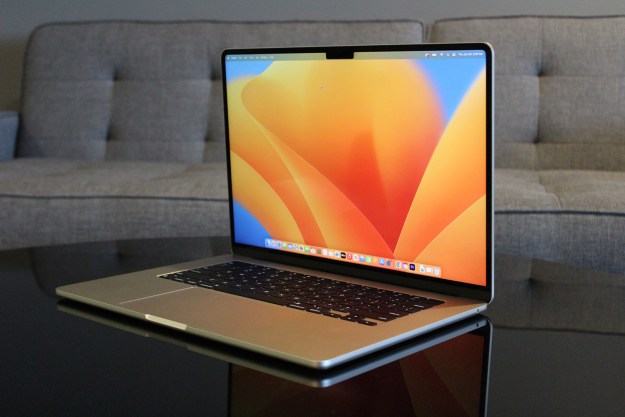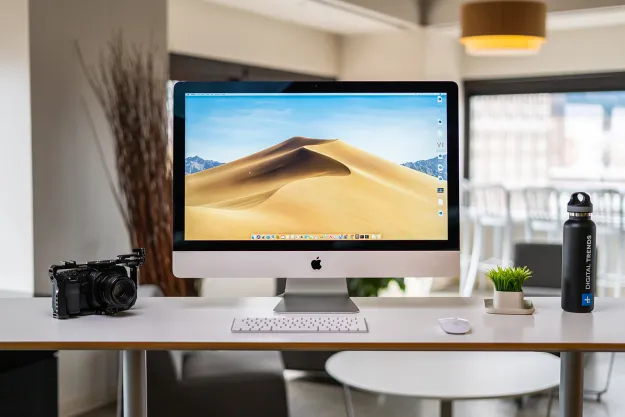Let’s be candid: Macintosh users’ relationship with personal finance company Intuit has ranged between frustrated and rancorous for the better part of two decades. Despite Intuit chairman and CEO long having warmed a chair on Apple’s board of directors, Intuit’s support of the Macintosh platform has always been half-hearted, dollar-intensive, and years late. Intuit has repeatedly released delayed Macintosh versions of its personal and business finance product for Macintosh with reduced feature sets, skipped entire versions, and even cancelled products only to grudgingly bring them back again later, still feature-short and just as expensive as their Windows counterparts.

Now, Intuit is getting back into the Macintosh personal finance software game after a four-year absence with Quicken Essentials for the Mac. QEM—”as it’s known,” Intuit assured us—is the company’s effort to rewrite Quicken from the ground up as a native Macintosh application, junking the interface from old versions of the program and offering what the company hopes is a more-intuitive (pun intended), Mac-like interface, including a oh-so-Web-2.0 “tag cloud” that helps users see where their money is coming from and where it is going.
“Quicken Essentials for Mac is the first Quicken product to take full advantage of the Mac operating system and development platform,” said VP and general manager of Intuit’s personal finance group Aaron Patzer, in a statement. “We’re bringing a completely new Quicken experience to Mac users, helping them answer essential money questions—what do I spend, what do I earn, where do I stand on my budgets, what is my net worth, and where can I do better?”
The application can automatically import data from move than 12,000 banks and credit card companies so users don’t have to bother typing in receipts or double-checking figures themselves; however, long-time Quicken users will be disappointed to note that QEM—as it’s called!—omits online bill paying functionality and stock tracking. Folks who want to track their stock buys and sells and get advanced portfolio performance reports should travel back in time to Quicken Mac 2007. Same with folks who want to do online bill paying within the application. QEM also can’t expert data for use with Quicken’s own TurboTax, but users can import existing data from recent versions of Quicken for Mac or Windows.
Intuit assured its customers that QEM is just the first step in its new commitment to the Mac. “”We plan to continue using these new design and usability elements and bring them into additional personal finance products,” said Patzer. Apparently Intuit is working on a version of Quicken Deluxe for Mac that will incorporate many of QEM’s missing features.
Quicken Essentials for Macintosh is priced at $69.99 for a downloadable version; it requires an Intel-based Mac running Mac OS X 10.5 or newer.
Editors' Recommendations
- The biggest threat to the MacBook this year might come from Apple itself
- Here’s why 2024 is going to be a slow year for the Mac
- The MacBook Pro we all want is still many years away
- Apple’s first OLED MacBooks are still years away, says report
- Apple’s M3 MacBook plans could be in jeopardy this year


